Audiences Uncovered: Habits & Resolutions
Happy New Year and welcome to the J3 Audience Engine's monthly newsletter: Audiences Uncovered. This edition is all about Habits in homage to the New Year's Resolution, a ritual that's existed for 4,000 years (!), starting when the King of Babylon got tipsy and proclaimed he was "going keto". This issue is 600 words and approximately a 4 minute read..
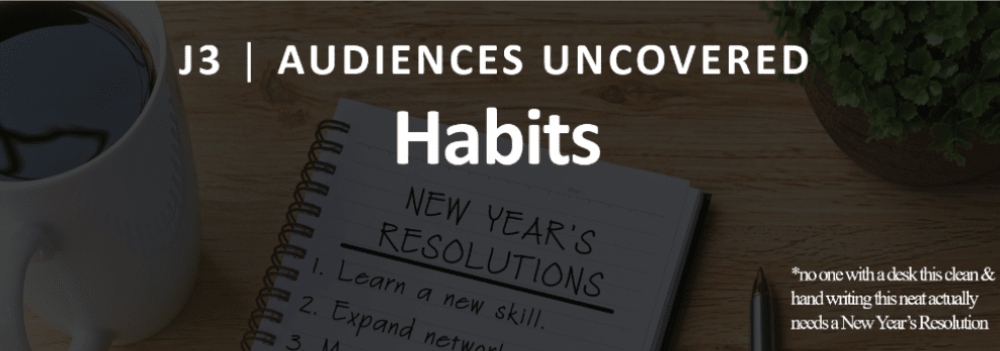
How's your New Year's Resolution going? If the answer is something along the lines of "oh yeah, about that...", you're not alone: 80% of resolutions fail by February, and only 8% of people say they ultimately fulfill them.
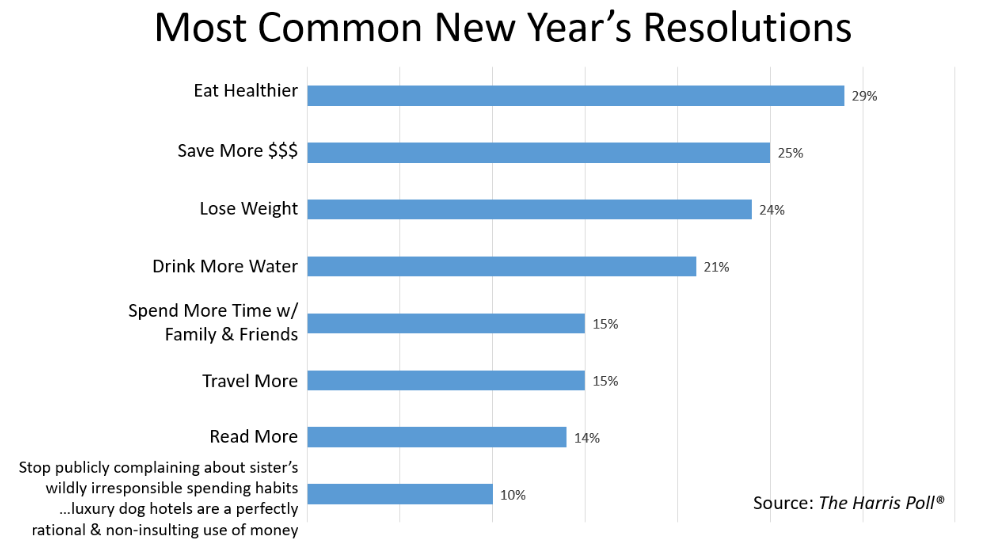
I may have made the last one up, but why can't we establish these habits?
And relating this to our brands, why do some products or campaigns fail?
Many times the problem isn't a lack of awareness or knowledge, but in the failure to change existing habits or adopt new ones.
We'll take a look at what constitutes a habit and what goes into forming one - for better or for worse.
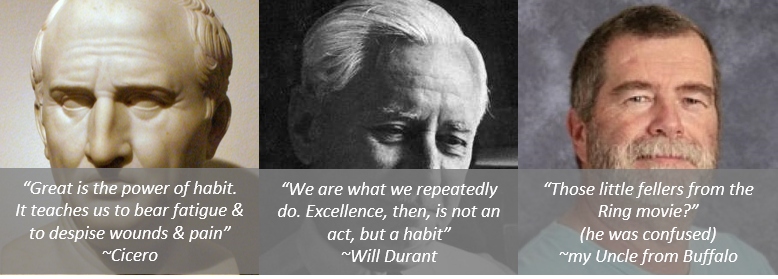
Anatomy of a Habit
In short, habits are routines of behavior, repeated with such regularity that they occur subconsciously - this is why our minds can wander when driving home or getting dressed. We reduce cognitive load by literally relocating the process to a different part of the brain.
45% of the activities and tasks we undertake in our day are habitual
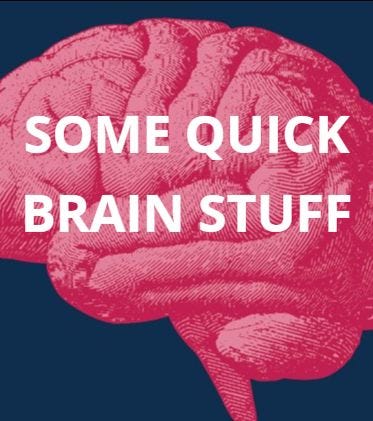
When learning a task, scans show increased activity in the prefrontal cortex & hippocampus, networks associated with decision-making & executive control. With repetition of a task, this activity moves into the deeper, "more rudimentary" regions - the putamen & basal ganglia. It's here that a task is turned into a habit.
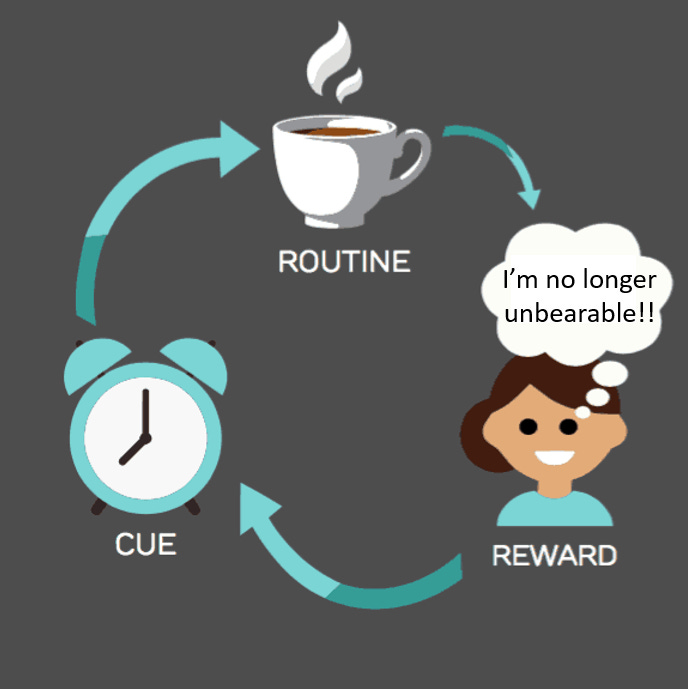
Habits can be broken down into three stages, forming what's known as the "Habit Loop":
Cue > Routine > Reward
Building these loops (and destroying harmful ones) is tricky, we'll take a closer look at a few strategies to accomplish both tasks.
Brands Building Habits
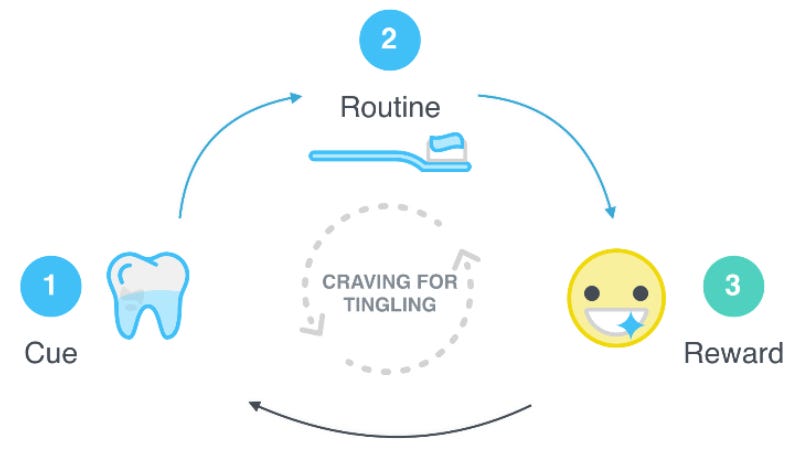
Isolating the Cue: In 1917, Pepsodent created a brushing habit from scratch by first establishing the Cue & Reward - and then providing the Routine to deliver on both.
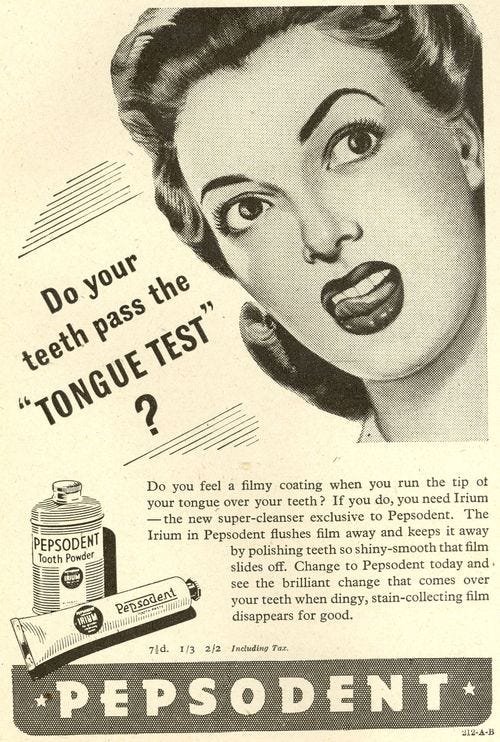
After fruitlessly educating consumers on oral health for years, Pepsodent focused on the Cue. Rather than telling consumers how dirty their mouths were, Pepsodent asked them to find out for themselves- triggering the Routine. Their ads asked consumers to: "Just run your tongue across your teeth. You'll feel a film - that's what makes your teeth look 'off color' and invites decay." A decade after the campaign, brushing was a daily ritual for more than half the US.
A UCL study found it took anywhere between 18 to 254 days to cement a new habit, the average being 66 days

Piggybacking: After first failing to create a new habit, P&G successfully piggybacked Febreze to the cleaning routine. Initially, the marketers focused on "high odor" environments (smokers, pet owners, NJ), but were unable to create a Cue or Reward as these groups were desensitized to their smelly surroundings.
The marketers then shifted their focus to the habit of cleaning, identifying the Reward as the "satisfied breath" taken after the room was fully clean. P&G inserted Febreze as the final step before that rewarding breath - branding it as the product that makes the room smell as good as it looks.
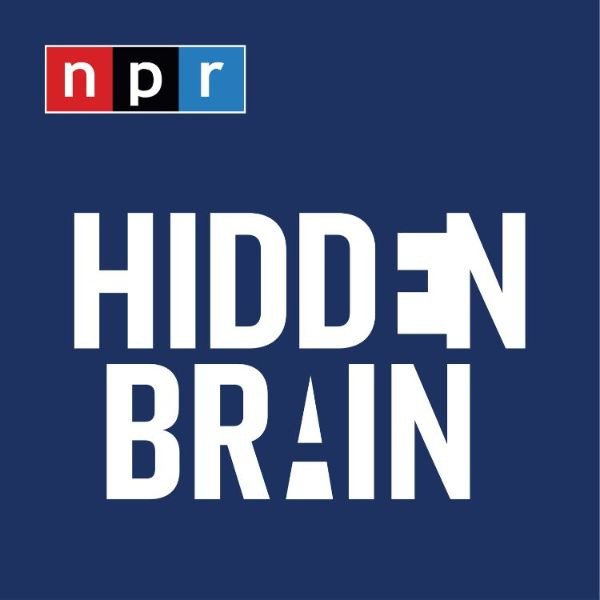
DIVE DEEPER:
Check out this episode of NPR's Hidden Brain podcast: "Creatures of Habit: How Habits Shape Who We Are - And Who We Become"
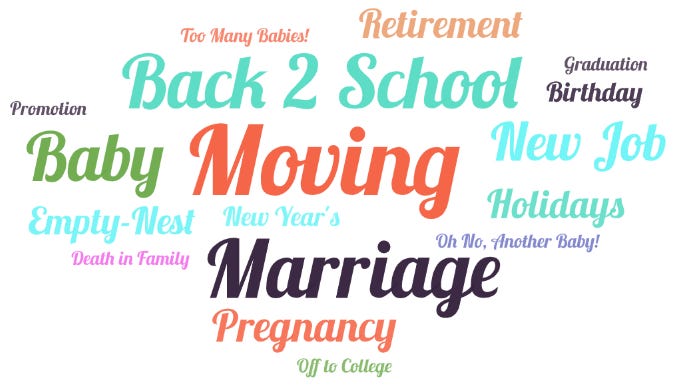
Leveraging Life Changes: Known as the "Fresh Start Effect", larger life moments result in a greater likelihood of habit change as you build new routines that were once on autopilot.
Research shows that habit change was 3x more successful during the 3 months after a move. Identifying relevant "fresh start" moments to insert our brand messaging is a worthwhile exercise.
MORE READING: 6 Strategies for Building Habits
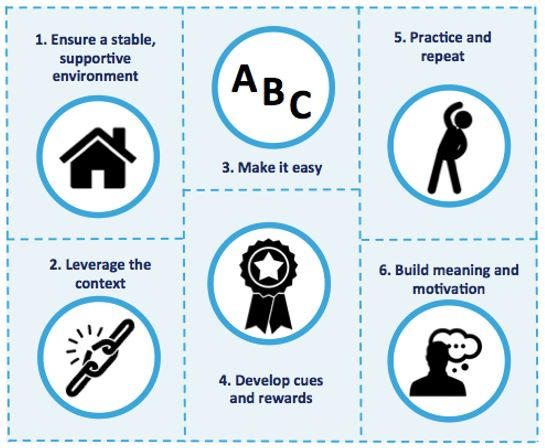
Breaking Bad Habits

Making the Subconscious, Conscious: To disrupt mindless snacking, researchers inserted dyed chips into cans as edible serving size markers - the color change made many conscious of the previously unconscious habit - decreasing snacking by 50%.
Similar results were seen after making test subjects eat popcorn with their non-dominant hand - mindless snacking was turned into a conscious effort - again curtailing the bad habit.
Hopefully this issue of Audience Uncovered left you feeling more resolute in your 2020 goals, here's to another 4,000 years of trying for February!
Extra Credit Reading
Can Brain Science Help Us Break Bad Habits? (New Yorker)
Habits: How They Form and How to Break Them (NPR)
Keep Your New Year's Resolutions by Using Behavioral Economics (Forbes)
Hacking the Silent Subconscious: Unlocking habit, shaping behavior (WARC)
Psychology of Habit (Semantics Scholar)


